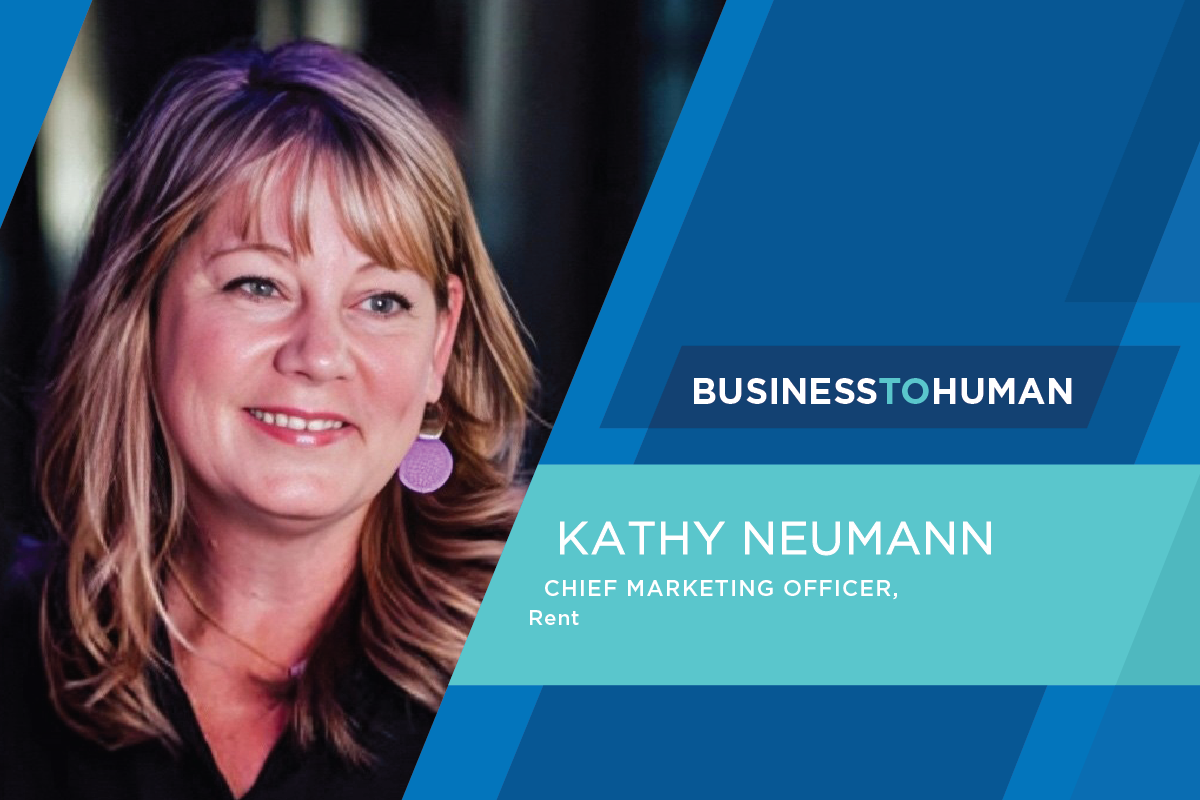Summary
With rising costs, a shift in customer expectations, and stiff competition, retailers are always on the lookout for ways to gain efficiency and increase sales. So when beacons appeared on the tech scene in 2013, there was a lot of hype around them. They were supposed to provide targeted messaging to customers as they shopped in stores and also be able to track shopper movement.
The ability to see shopper movement within brick-and-mortar stores is very appealing to retailers. For many years, retailers that have an online presence have been able to track shopper behavior online through clicks and purchase data, but they have had no way to see what shoppers are doing at their physical locations.

Since their appearance, beacons have proved to have many limitations with regard to being able to accurately track shopper traffic:
- Beacons are one-way transmitters, meaning that they only “push” out signals to mobile devices in order to activate the app on phone. They don’t receive any information back from the devices. So while beacons are great for telling apps to push out promotions and coupons when a customer is nearby, the beacon has no way to really track that shopper’s movement or location in the store.
- Beacons require that consumers opt in to an app. This means for beacons to work, customers have to install the retailer’s app on their phone and enable background location services for the app. Consumers are already drowning in apps. This just puts another obstacle in their journey. And to truly understand store traffic, you need to be able to capture an accurate count of shoppers entering your stores. With beacons, because an app is required, only customers that have the retailer app downloaded (and background location services for the app enabled) on their phone can be tracked.
- Using beacons to pinpoint shopper location is expensive because it takes so many. Twenty dollars per beacon adds up. Also, beacons must be within three feet of a shopper’s phone, which not only means that your store needs to be well saturated with the devices, it increases the risk of them being taken or tampered with. And finally, beacons are powered by batteries and go dead when they run out of life.
Now that I’ve listed the weaknesses of beacons, let’s look at what does work. To accurately track shopper movement and gain actionable insights, you need a few key things:
- Location accuracy is important when you are trying to understand shopper movement patterns. The technology used to track shoppers should be able to pinpoint a shopper’s location within two- five meters of their actual location in the store. Also, it should be capable of tracking shopper movement throughout an entire store, not just focus on one area.
- Ease of use is also important. The technology should be easy to install in stores and able to be up and running quickly, with minimal disruption to store operations.
- Transparent to avoid changing shopper behavior (pressure pads, cameras, IR devices all seem creepy. Beacons are good at this. Our devices look like wifi access points. We want to monitor customer behavior, not alter it or send them cowering in fear.)
- No opt-in requirement should be necessary to track a shopper. A technology should be listen-only, tracking a customer’s continuous movements throughout an entire store. This way you gain the real picture of how many shoppers are visiting your store.
- Privacy and security are a big concern for customers, so the solution should have strong security policies in place to insure customer data is safe and anonymous.
- Actionable insights that are simple to understand and interpret are essential to a good analytics implementation strategy. No matter what you use to track customer movement, if you can’t use the data in a meaningful way, the solution is useless.



